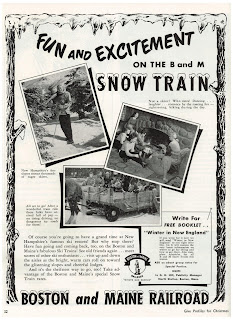Today is the first official day of autumn and in this blog we will look at iconic images of fall such as this one from 1871 by Benjamin Champney who lived and worked in Conway.
But first, a bit about the official start of the season. The equinox actually occurred at 3:50 am this morning eastern time.
Recently we did an outreach program for the John Fuller Elementary School and mapped the earth and sky to examine what that means. We used a globe, protractor and planisphere to calculate the key angles of the sun and the latitudes and axis of the earth to understand what makes the seasons change.
They had fun doing it, and don't tell them,... but it was actually a sneaky hands-on way to teach a little math.
If you would like to sign up for that free program for your school or community group let us know. We also have another program called "Art of the Harvest" which this blog draws many of it's images from.
The image above is actually a detail of this larger image below. I just felt that with the blog title I had to show the pumpkins up close first (click on images to enlarge them).
Here you can see the foliage that matches this time of the year when the colors are transitioning. From the chimneys you can see the welcoming smoke representing warmth and dinner. A variety of livestock graze in the field. The men are shocking.
Say what? Shocking?
The tepee shaped bundles they are building are called shocks. Specifically they are corn shocks. While you can find these for sale today as decorations, historically they were used to properly dry corn in the field before today's modern methods using hot air and silos.
This was not the sweet corn of the summer. For more on sweet corn see our previous blog
here.
This Benjamin Champney image of Humphrey's Ledge, Mount Washington and Adams looking from the Saco and the North Conway Meadows near his studio from 1870 has often been described as a haying scene. In a previous blog
here we discussed the need for art historians to take a course in farming forensics. The first obvious clue is the color of the crop. Hay is cut when green. This crop is yellowish brown. Again, you can see tinges of fall colors and that period of transition in the foliage. Compare the colors of the trees in another local Champney view showing the hay harvest in this blog
here.
The shape of the crop bundles in the field confirms it. As that previous blog explains, hay is not bundled and tied like this grain. It is piled into rounded shapes called haycocks before being loaded onto wagons for the barn or into larger haystacks if left in the field. A detail of our image shows that these structures are stooks, not shocks. This crop is a grain not corn or hay.
While real leaves are starting to fall and goldenrod and blue asters fill our fields, more modern ceramic, metal and plastic pumpkins and colored silk leaves stock the shelves at nearby Walmart, Home Depot, Lowes and Michael's stores.
In cultural traditions, the past and present mingle together and emerge separately. To help us understand the world around us, our family has often participated in living history or creative anachronism. We have built both shock and stook and used horses to do it. Here is a diagram of the horses we used.
Think of this "horse" like a saw horse, or a log "dog." Terms that were more familiar when animals were expected to work not just serve as pets.
The horse helps you built around the point where the cross bar fits.
Then the bundles can be tied at the top (this kid is now a professional engineer in Boston).
Then the cross bar is pulled out one direction and the horse can be pulled out at a 90 degree angle, leaving the bundles to stand on their own.
... and clever kids always find new ways to have fun!
... and start a new trend.
For more details on this or any other historical subject in the
White Mountains, contact us at the Conway Public Library's Henney
History Room.





















































